Dr. Im Young Min Shares Tips on Rhinoplasty Korea Aftercare
Common Side Effects of Rhinoplasty Korea: Dr. Im Breaks It Down
Considering Rhinoplasty Korea? It's natural to have questions, especially about the recovery process. At VG Plastic Surgery Clinic, we believe in providing comprehensive information to ensure our patients feel confident and well-prepared. Dr. Im Young Min, a leading expert in nose reshaping surgery Korea, explains what to expect regarding nose bleeding after a Korean nose job procedure. We'll cover common occurrences, what's normal, and when to be concerned, helping you understand the recovery journey for cosmetic rhinoplasty Seoul. Choosing the best rhinoplasty clinic Korea is crucial for a smooth experience.
South Korea is globally recognized as a top destination for plastic surgery, particularly for Asian nose surgery Korea. Clinics like VG Plastic Surgery combine advanced techniques with highly skilled surgeons, offering exceptional results. But with so many options, understanding the nuances of recovery can feel overwhelming. That’s where PlacidWay comes in. We connect you with trusted medical providers and help you navigate the process, making your journey to a new you smoother and stress-free. Let's delve into what Dr. Im Young Min has to say about post-rhinoplasty nose bleeding and how you can achieve your aesthetic goals safely.
Did You Know?
Did you know that while some degree of nose bleeding is normal after rhinoplasty Korea, severe or prolonged bleeding is rare and should be immediately reported to your surgeon? The expertise of a surgeon from a best rhinoplasty clinic Korea, like VG Plastic Surgery, minimizes risks and ensures proper post-operative care, making your nose reshaping surgery Korea as safe as possible. Understanding these details can greatly reduce anxiety during your recovery.
Ideal Candidates for Rhinoplasty in South Korea
Rhinoplasty in South Korea attracts individuals seeking to enhance their nasal aesthetics and improve facial harmony. Suitable candidates often include:
- Individuals seeking to correct nasal asymmetry: Those with crooked noses or uneven nostrils.
- People desiring improved nasal proportion: Candidates who feel their nose is too large, too small, or out of balance with other facial features.
- Those with breathing difficulties: Patients with structural issues affecting their airflow, which can be corrected during nose reshaping surgery Korea.
- Individuals with realistic expectations: Understanding that a Korean nose job procedure enhances features rather than creating a "perfect" nose.
- People in good overall health: Candidates without serious medical conditions that could complicate surgery or recovery.
Ultimately, the best candidates for cosmetic rhinoplasty Seoul are individuals who are looking for significant yet natural-looking improvements to their nose. With South Korea's reputation for advanced Asian nose surgery Korea techniques and natural results, it continues to be a top destination for those seeking to achieve their desired nasal aesthetics. Choosing the best rhinoplasty clinic Korea is key to a successful outcome.
Understanding Nose Bleeding After Rhinoplasty: Dr. Im Young Min's Insights
Rhinoplasty, or nose reshaping surgery Korea, involves making precise changes to the bone and cartilage of the nose to achieve a desired shape and proportion. As with any surgical procedure, some degree of bleeding is expected during and immediately after the operation. Dr. Im Young Min at VG Plastic Surgery Clinic emphasizes that understanding these post-operative occurrences is vital for a smooth recovery from a Korean nose job procedure.
Normal Bleeding
It's important to differentiate between normal and abnormal bleeding after rhinoplasty Korea. Dr. Im Young Min explains that:
- First 24-48 hours: You might experience a small amount of reddish or pinkish discharge from the nostrils or dripping from the dressing beneath your nose. This is entirely normal. This is typically residual blood from the surgery and is usually mixed with mucus.
- Light oozing: For the first few days, a slight bloody ooze is common. This is part of the natural healing process as the nasal tissues begin to recover.
- Nasal packing: If nasal packing was used (though less common with modern techniques at a best rhinoplasty clinic Korea), you might notice blood-stained packing.
This normal bleeding generally subsides within a few days. Keeping your head elevated and applying a cold compress (as instructed by your surgeon) can help minimize this.
When to Be Concerned
While some bleeding is normal, Dr. Im Young Min advises patients to be aware of signs that might indicate excessive or abnormal bleeding:
- Bright red, continuous dripping: If you notice a steady flow of bright red blood that doesn't slow down or stop, or if you need to change your dressing very frequently (every few minutes), contact VG Plastic Surgery Clinic immediately.
- Clots larger than a coin: While small clots can occur, large blood clots being expelled repeatedly are a cause for concern.
- Bleeding lasting more than a few days: Persistent bleeding beyond 48-72 hours, especially if it remains significant, should be reported.
- Associated symptoms: If bleeding is accompanied by severe pain, dizziness, weakness, or a feeling of lightheadedness, seek immediate medical attention.
These symptoms, though rare, could indicate a post-operative complication requiring prompt intervention. VG Plastic Surgery Clinic prioritizes patient safety and provides clear guidelines for post-operative care for all cosmetic rhinoplasty Seoul procedures.
Tips from Dr. Im Young Min to Minimize Bleeding
To help minimize the risk of bleeding after your Asian nose surgery Korea, Dr. Im Young Min recommends the following:
- Avoid strenuous activities: For the first few weeks, avoid bending, lifting heavy objects, or any activity that increases blood pressure.
- Keep your head elevated: Sleep with your head elevated using extra pillows for at least the first week to reduce swelling and bleeding.
- No nose blowing: Refrain from blowing your nose for several weeks. If you sneeze, do so with your mouth open to reduce pressure.
- Avoid hot showers/baths: For the first few days, stick to lukewarm showers to avoid excessive steam and heat, which can dilate blood vessels.
- Diet and hydration: Follow your surgeon's dietary recommendations and stay well-hydrated.
- Medication: Take only prescribed medications and avoid blood-thinning medications (like aspirin, ibuprofen, or certain herbal supplements) unless specifically approved by your surgeon.
- Avoid smoking and alcohol: These can impede healing and increase bleeding risks.
The Journey to a Transformed Nose: What to Expect
Undergoing a nose reshaping surgery Korea is a significant decision. It involves several steps, from the first consultation to full recovery. Knowing what to expect can help you feel more prepared and confident about your cosmetic rhinoplasty Seoul journey.
Initial Consultation and Planning
- The first step is a detailed consultation with a surgeon at VG Plastic Surgery Clinic, ideally with an expert like Dr. Im Young Min. This is a very important part of planning your rhinoplasty Korea.
- You will talk about your aesthetic goals and what you want to achieve with your Korean nose job procedure.
- The surgeon will examine your nose, assess your facial structure, and take photos.
- They might use 3D-CT scans to see your nasal bone and cartilage structure clearly. This helps them plan the surgery very precisely, especially for Asian nose surgery Korea.
- The surgeon will explain the different techniques that can help you achieve your desired nose shape. They will also discuss the possible risks and benefits, including information about post-operative care for cosmetic rhinoplasty Seoul.
- It's a good time to ask any questions you have about the recovery process, cost, or expected results from the best rhinoplasty clinic Korea.
The Surgical Procedure
Rhinoplasty is usually performed under general anesthesia. This means you will be asleep during the entire operation.
The length of the surgery depends on the complexity of the nose reshaping surgery Korea.
- Open Rhinoplasty: An incision is made across the columella (the narrow strip of skin between the nostrils), allowing the surgeon to lift the skin and visualize the underlying nasal structures directly.
- Closed Rhinoplasty: All incisions are made inside the nostrils, leaving no external scars. This approach is often used for less extensive modifications.
- Ethnic Rhinoplasty (Asian nose surgery Korea): Specific techniques are used to augment the bridge, refine the tip, or narrow the nostrils while maintaining ethnic characteristics.
After the surgery, you will wake up in a recovery room. You might feel some discomfort, swelling, and experience the normal bleeding discussed by Dr. Im Young Min.
Recovery Process
Recovery is a crucial part of the journey after a Korean nose job procedure.
- Immediately after surgery: You will have a splint (internal or external) on your nose and likely some dressing. Swelling, bruising, and minor bleeding are normal. Pain medicine will help with any discomfort.
- First week: The splint is usually removed within 5-7 days. Swelling and bruising around the eyes and nose will be most noticeable. You should follow all post-operative instructions for your nose reshaping surgery Korea, including keeping your head elevated and avoiding strenuous activity.
- First month: Most of the major swelling will go down, and you will start to see the new shape of your nose. You can usually go back to light daily activities.
- Several months to a year: The final results of your rhinoplasty Korea will become clear as all the swelling disappears and the tissues settle. This can take up to a year or even longer, especially for the tip of the nose.
Your surgeon at VG Plastic Surgery Clinic will give you specific instructions for aftercare, including how to manage swelling, what to eat, and when you can return to normal activities. Follow-up visits are important to check your healing after cosmetic rhinoplasty Seoul.
How PlacidWay Supports Your Medical Journey
PlacidWay acts as a bridge, connecting patients with reputable medical providers worldwide. We understand that choosing to have a nose reshaping surgery Korea in another country can be daunting. That’s why we are here to help you every step of the way.
- Comprehensive Information: We provide detailed information about various medical procedures and destinations. This includes helping you understand your rhinoplasty Korea options at clinics like VG Plastic Surgery.
- Navigation and Guidance: Our team assists in navigating the complexities of medical tourism. We offer guidance and support, from choosing a clinic to understanding the Korean nose job procedure and recovery.
- Connecting with Clinics: We help you connect with the clinic of your choice. We make sure you get in touch with top-tier facilities known for excellent results, like VG Plastic Surgery, renowned as a best rhinoplasty clinic Korea.
- Accommodation Clarification: We recommend patients to directly communicate with clinics to discuss accommodation details. Clinics often have partnerships with nearby hotels or guesthouses. They can help arrange your stay near the facility for easy access during your recovery from Asian nose surgery Korea.
- Personalized Assistance: PlacidWay offers personalized assistance. We help you make informed decisions about your healthcare, ensuring you find the best fit for your needs and budget for cosmetic rhinoplasty Seoul.
Smooth and Stress-Free Travel: We strive to make your medical travel experience smooth and stress-free. We want you to focus on your recovery and achieving your desired results.
Understanding Rhinoplasty Cost in Korea
One of the most common questions is about the cost. Rhinoplasty Korea can vary a lot. It depends on several things:
- The specific techniques used: A complex nose reshaping surgery Korea involving grafts will be more expensive than minor refinements.
- The clinic's reputation: Top clinics like VG Plastic Surgery with very experienced surgeons (like Dr. Im Young Min) often charge more.
- The surgeon's experience: Highly skilled and well-known surgeons may have higher fees for a Korean nose job procedure.
- The complexity of your case: If your case is more difficult, such as revision rhinoplasty or extensive Asian nose surgery Korea, it might cost more.
Let's look at some general price ranges for these procedures in South Korea. These are estimates, and actual prices can change.
Rhinoplasty Price South Korea: An Overview
The overall price for rhinoplasty Korea ranges from approximately $3,000 to $10,000+ USD, depending on the complexity and type of procedure.
Primary Rhinoplasty Pricing in Korea
For a primary nose reshaping surgery Korea, prices typically range from $3,000 to $7,000 USD. This often includes hospital stay, anesthesia, and some post-surgery medication.
Revision Rhinoplasty Cost Korea
Revision rhinoplasty, being more complex, usually costs between $5,000 to $10,000+ USD. This procedure requires greater skill and precision from a surgeon at a best rhinoplasty clinic Korea.
Asian Nose Surgery Korea Expenses
Specific Asian nose surgery Korea procedures, which often involve augmentation, can range from $4,000 to $9,000 USD, depending on the techniques and materials (like silicone implants or cartilage grafts) used for the Korean nose job procedure.
It's important to remember that these are just guides. A detailed quote will come after your consultation with a surgeon at VG Plastic Surgery. This quote will be specific to your needs for cosmetic rhinoplasty Seoul.
What is Included in the Cost?
When you get a quote for rhinoplasty Korea, it usually covers:
- Surgeon's fees: This is the payment for the surgeon's skill and time for your nose reshaping surgery Korea.
- Anesthesia fees: The cost of the anesthesiologist and the medications used to keep you asleep.
- Operating room fees: The cost of using the surgical facilities at the best rhinoplasty clinic Korea.
- Hospital stay: Many procedures include a 1-2 day hospital stay for monitoring.
- Basic post-operative care: This includes initial dressings, some medications (like pain relievers and antibiotics), and follow-up visits.
What is usually not included in the cost:
- Flights and travel: You will need to arrange your own flights to and from South Korea.
- Accommodation: While clinics may offer recommendations, your hotel or guesthouse stay is usually separate. Remember, PlacidWay recommends you speak directly with the clinics about accommodation options for your Korean nose job procedure.
- Personal expenses: Food, local transport, and other personal items are not included.
- Additional procedures: If you decide to add other surgeries, like eyelid surgery or facial contouring, these will be extra.
- Revision surgery: If you need a second surgery to fix something that is not directly related to a complication, this will be an additional cost.
It’s always best to get a clear, written breakdown of all costs from VG Plastic Surgery Clinic before you commit to cosmetic rhinoplasty Seoul.
Beyond the Surgery: Long-Term Considerations
After your rhinoplasty Korea and initial recovery, there are still some things to keep in mind for the long term.
Maintaining Your Results
The results of nose reshaping surgery Korea are generally permanent once the healing is complete. However, your nose will continue to age naturally along with the rest of your face.
- Protect your nose: Avoid trauma or injury to your nose, especially in the first few months after your Korean nose job procedure.
- Sun protection: Protect your skin from the sun, especially the healing incision sites.
- Healthy lifestyle: Maintain a healthy lifestyle, as overall health can impact long-term aesthetic outcomes.
Psychological Impact
- Changing your appearance, especially your nose, can have a significant impact on your self-perception.
- Increased confidence: Many people experience a boost in self-confidence and satisfaction with their appearance after successful cosmetic rhinoplasty Seoul.
- Realistic expectations: It’s important to have a clear and realistic idea of what the surgery can achieve. A good surgeon from the best rhinoplasty clinic Korea will help you set achievable goals.
- Emotional support: Having friends or family to support you during recovery can be very helpful.
Key Takeaways
- Dr. Im Young Min emphasizes that some nose bleeding is normal after rhinoplasty Korea, especially in the first 24-48 hours.
- Signs of excessive bleeding after nose reshaping surgery Korea include continuous bright red dripping or large clots. Contact VG Plastic Surgery Clinic if you experience these.
- Minimizing bleeding after a Korean nose job procedure involves avoiding strenuous activities, keeping your head elevated, and not blowing your nose.
- Rhinoplasty cost in Korea varies depending on the complexity, ranging from $3,000 to $10,000+ USD.
- VG Plastic Surgery Clinic is recognized as a best rhinoplasty clinic Korea, providing comprehensive care for cosmetic rhinoplasty Seoul.
- PlacidWay assists international patients in navigating their journey to a successful Asian nose surgery Korea, from consultation to recovery.
Frequently Asked Questions About Rhinoplasty in South Korea
Considering rhinoplasty Korea? Here are the most commonly asked questions from patients worldwide, including insights from Dr. Im Young Min at VG Plastic Surgery Clinic.
Is nose bleeding normal after a Korean nose job procedure?
How long does nose bleeding typically last after rhinoplasty Korea?
What can I do to minimize bleeding after cosmetic rhinoplasty Seoul?
When should I be concerned about nose bleeding after Asian nose surgery Korea?
What is the typical cost of rhinoplasty Korea at VG Plastic Surgery Clinic?
How does PlacidWay assist with my rhinoplasty journey to South Korea?
Ready to Reshape Your Nose with Confidence?
Understanding every aspect of your rhinoplasty journey, including what to expect during recovery, is essential for peace of mind. With insights from experts like Dr. Im Young Min at VG Plastic Surgery Clinic, you can approach your Nose Reshaping Surgery Korea with confidence. Don't let questions about post-operative care hold you back from achieving your desired aesthetic. PlacidWay is here to guide you through every step of your medical travel, connecting you with the best rhinoplasty clinic Korea and ensuring a seamless experience for your cosmetic rhinoplasty Seoul.
Contact PlacidWay today for a free consultation! Let us help you explore your options and connect you with the top medical solutions tailored to your needs for your Korean nose job procedure. Your transformation begins now.
Rhinoplasty Korea | Dr. Im Young Min on Nose Bleeding
Keywords: Rhinoplasty Korea, nose reshaping surgery Korea, Korean nose job procedure, cosmetic rhinoplasty Seoul, Asian nose surgery Korea, best rhinoplasty clinic Korea
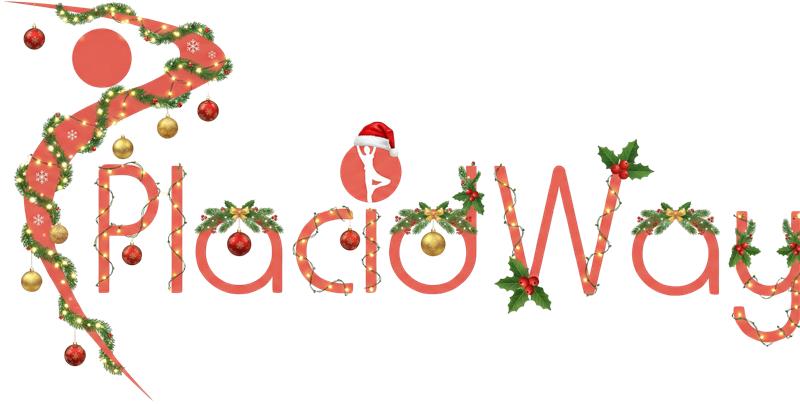


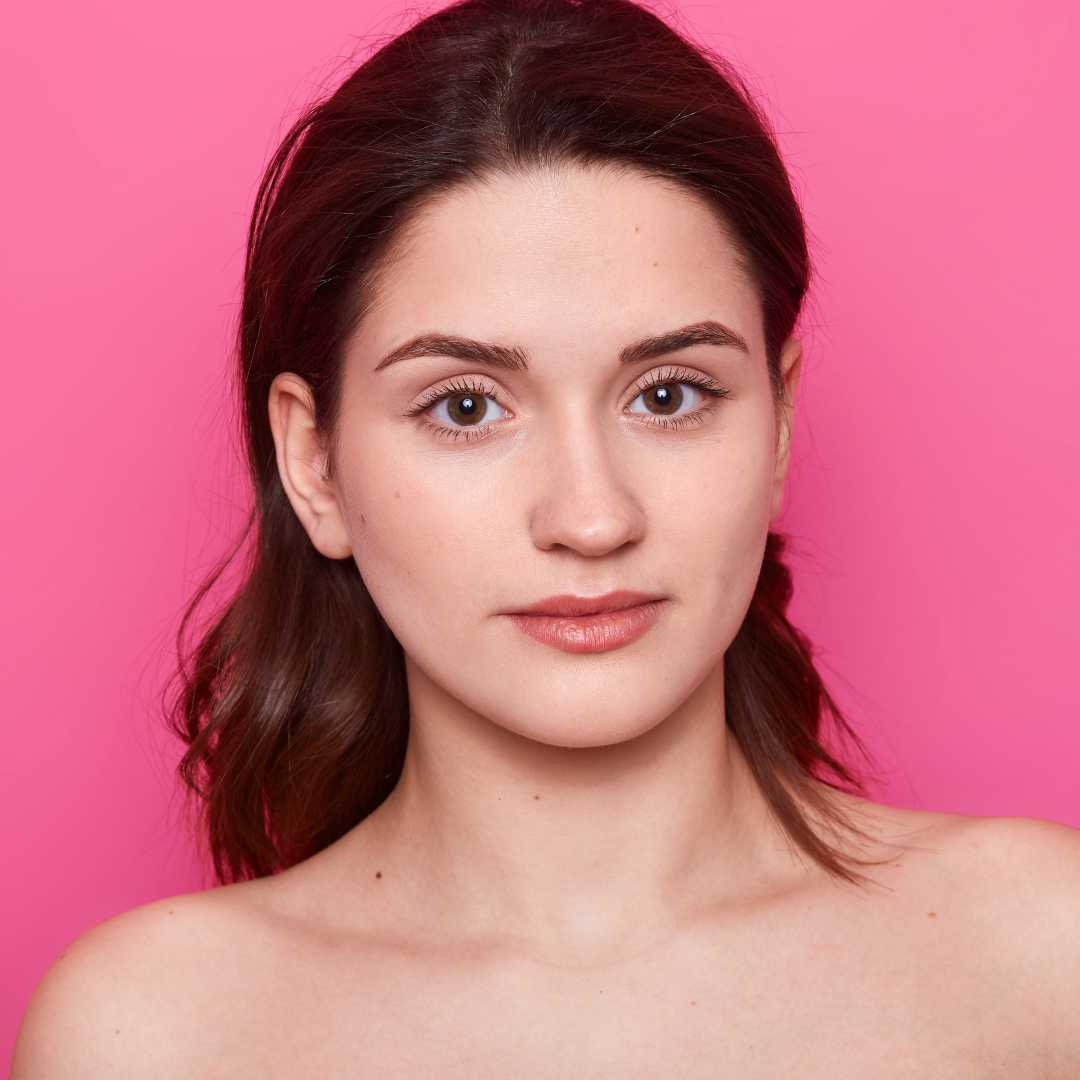
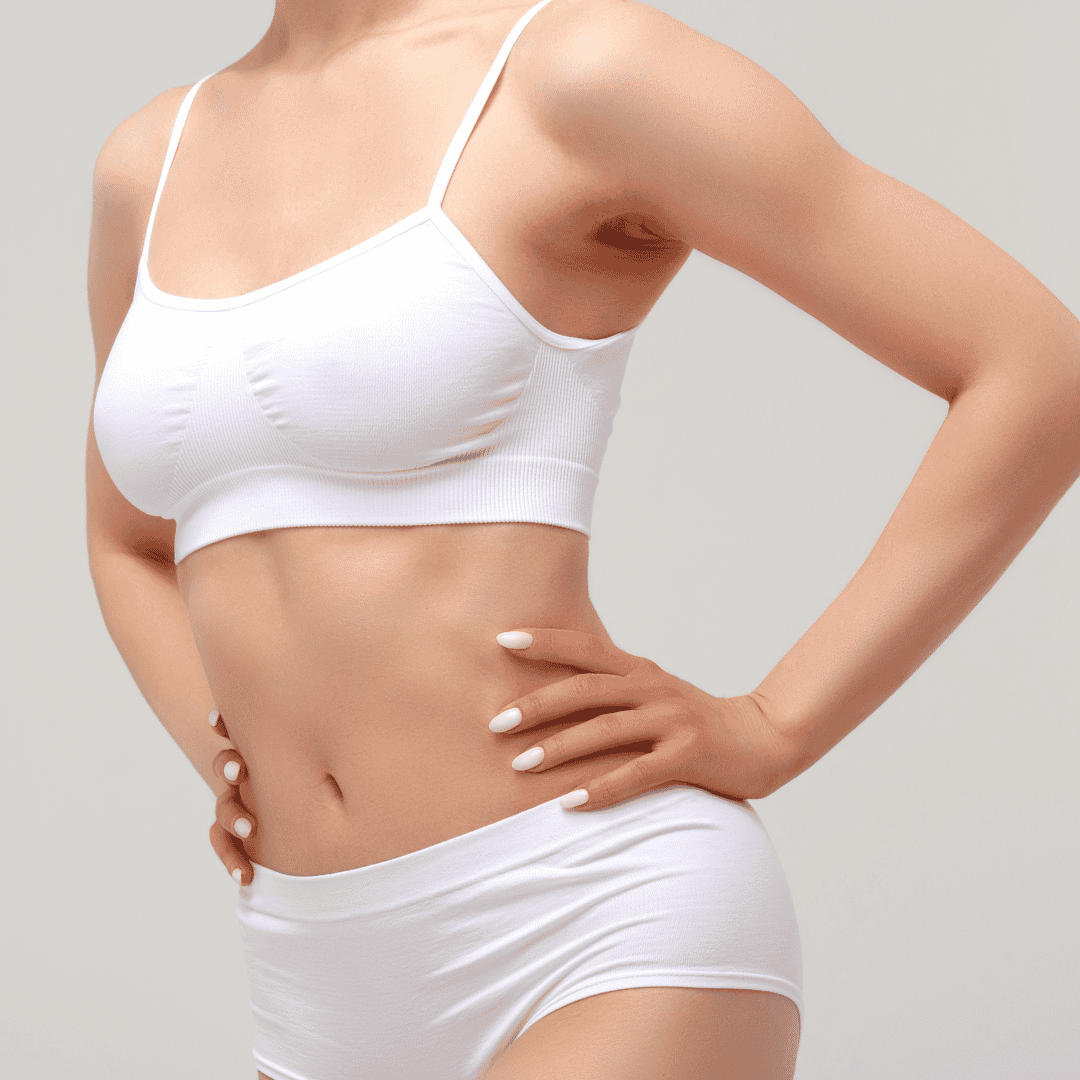
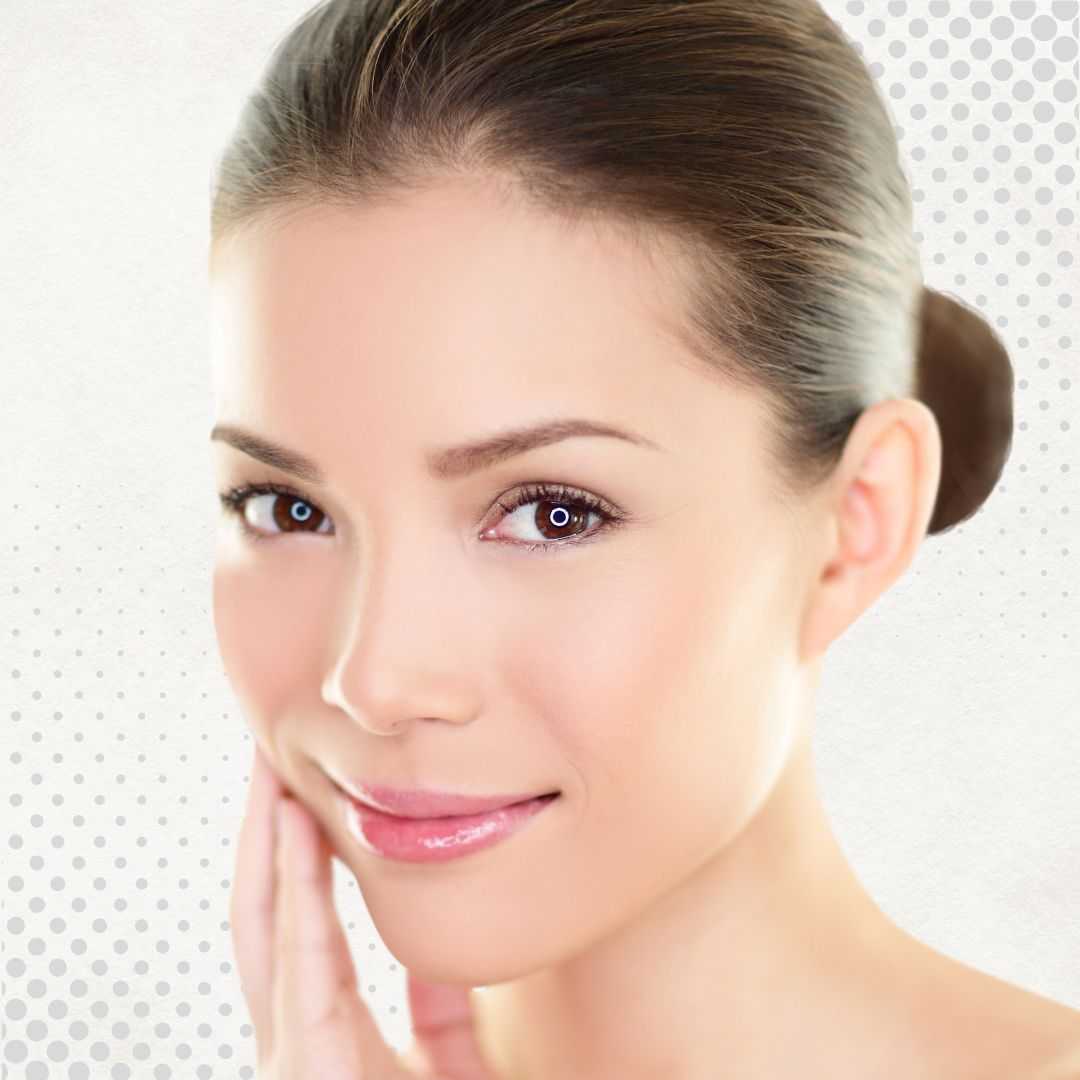

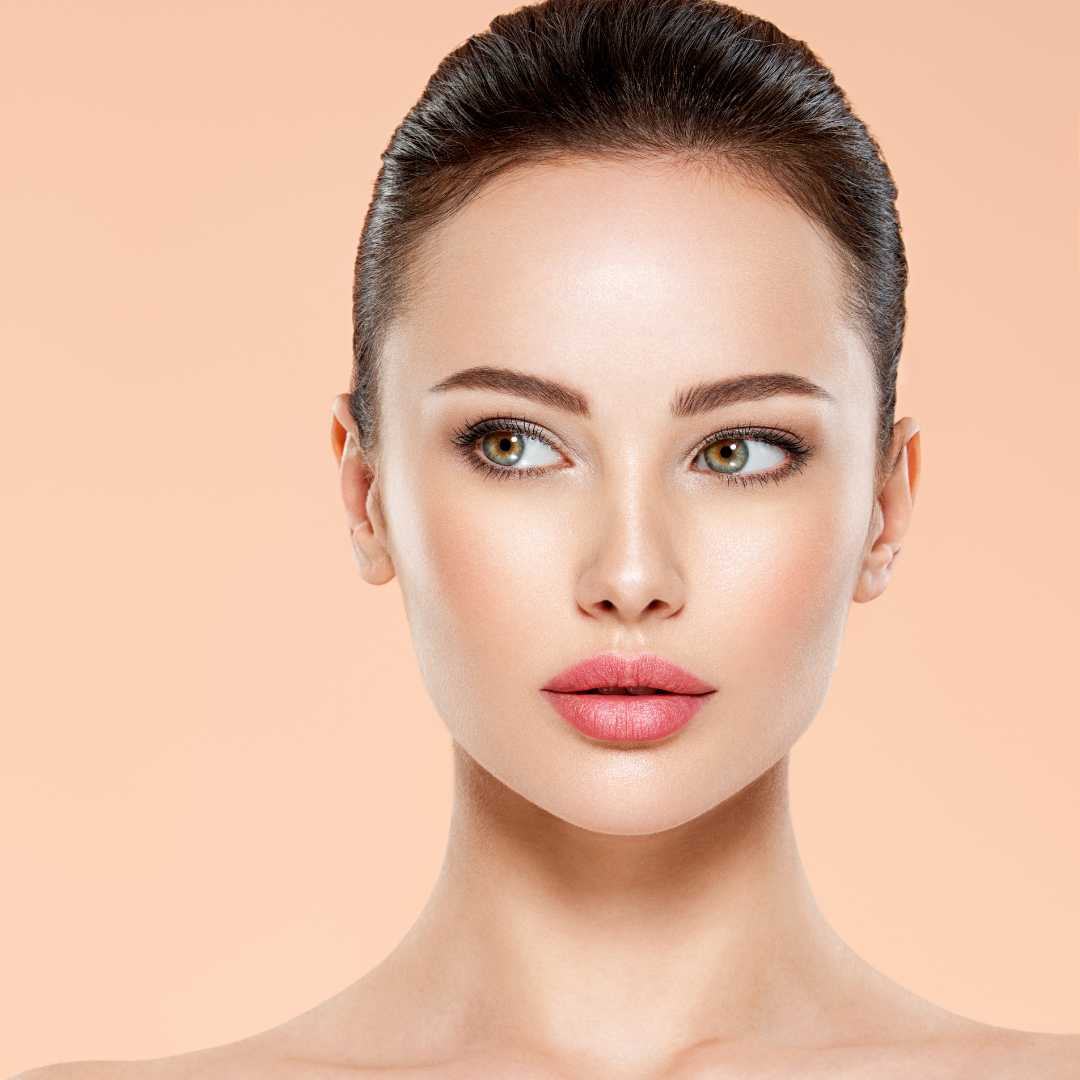
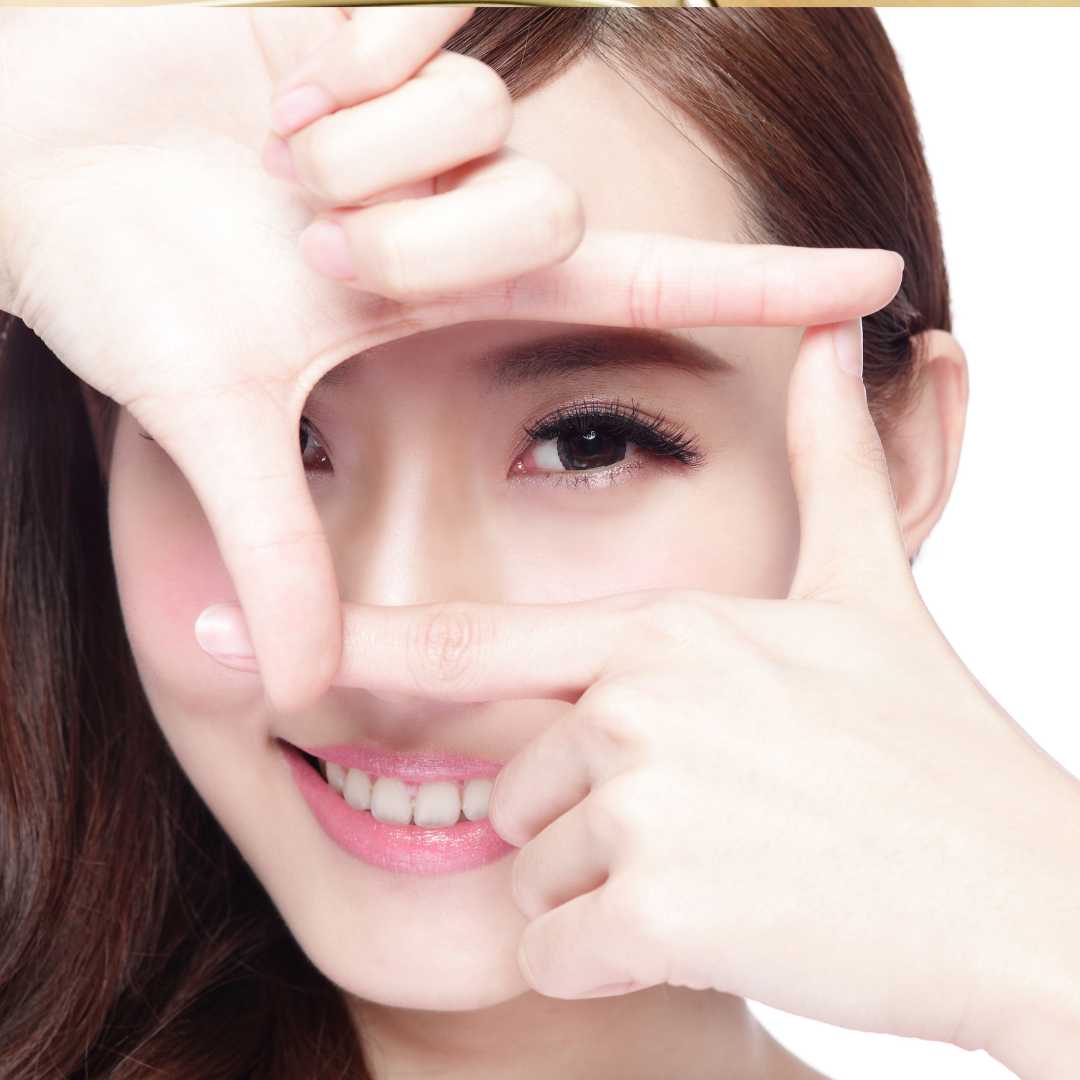

.png)
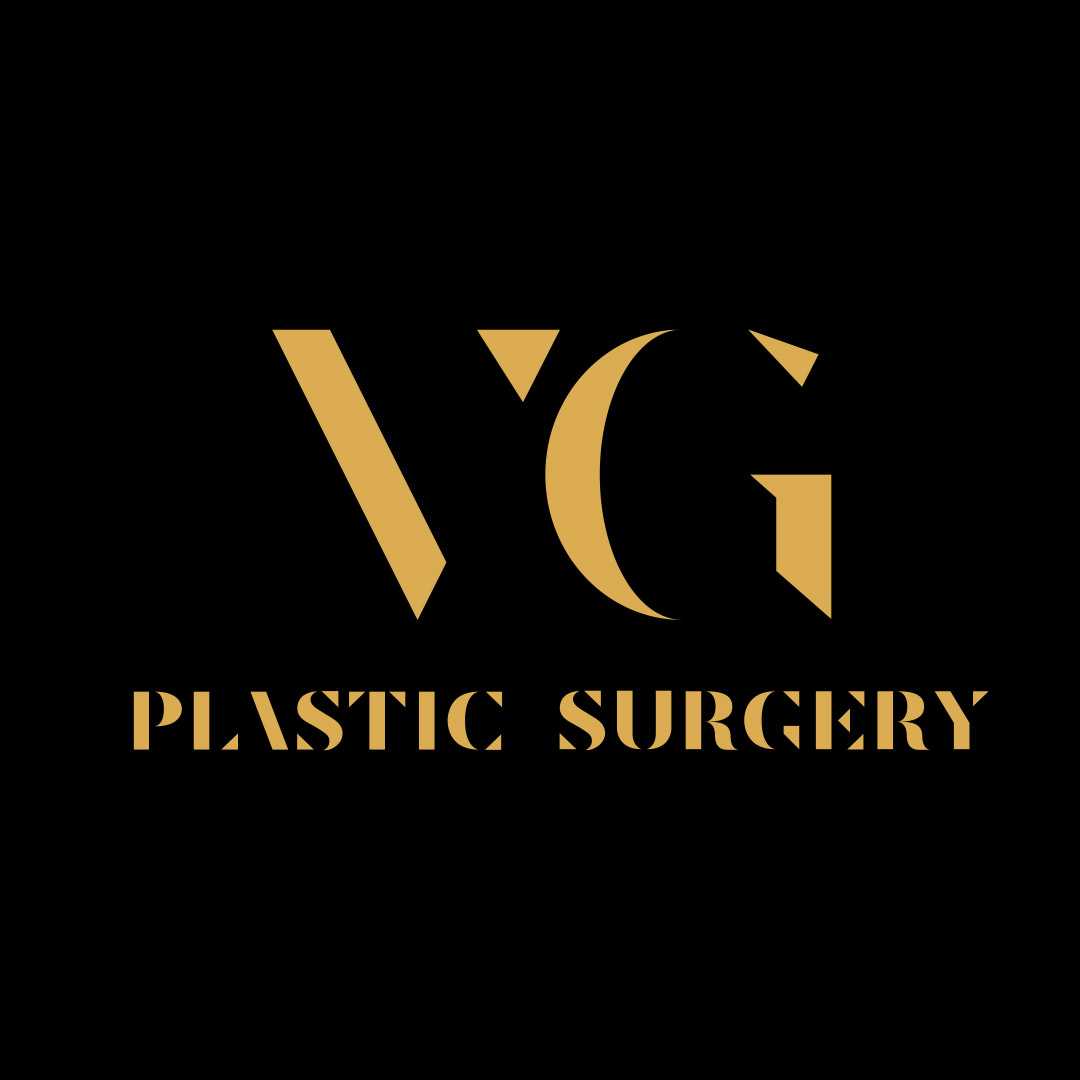
.png)
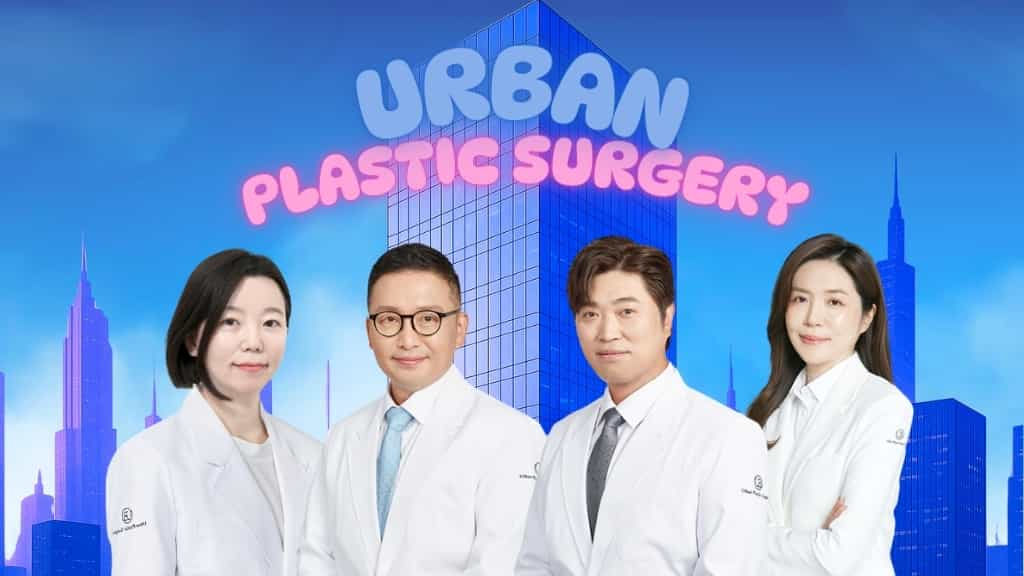
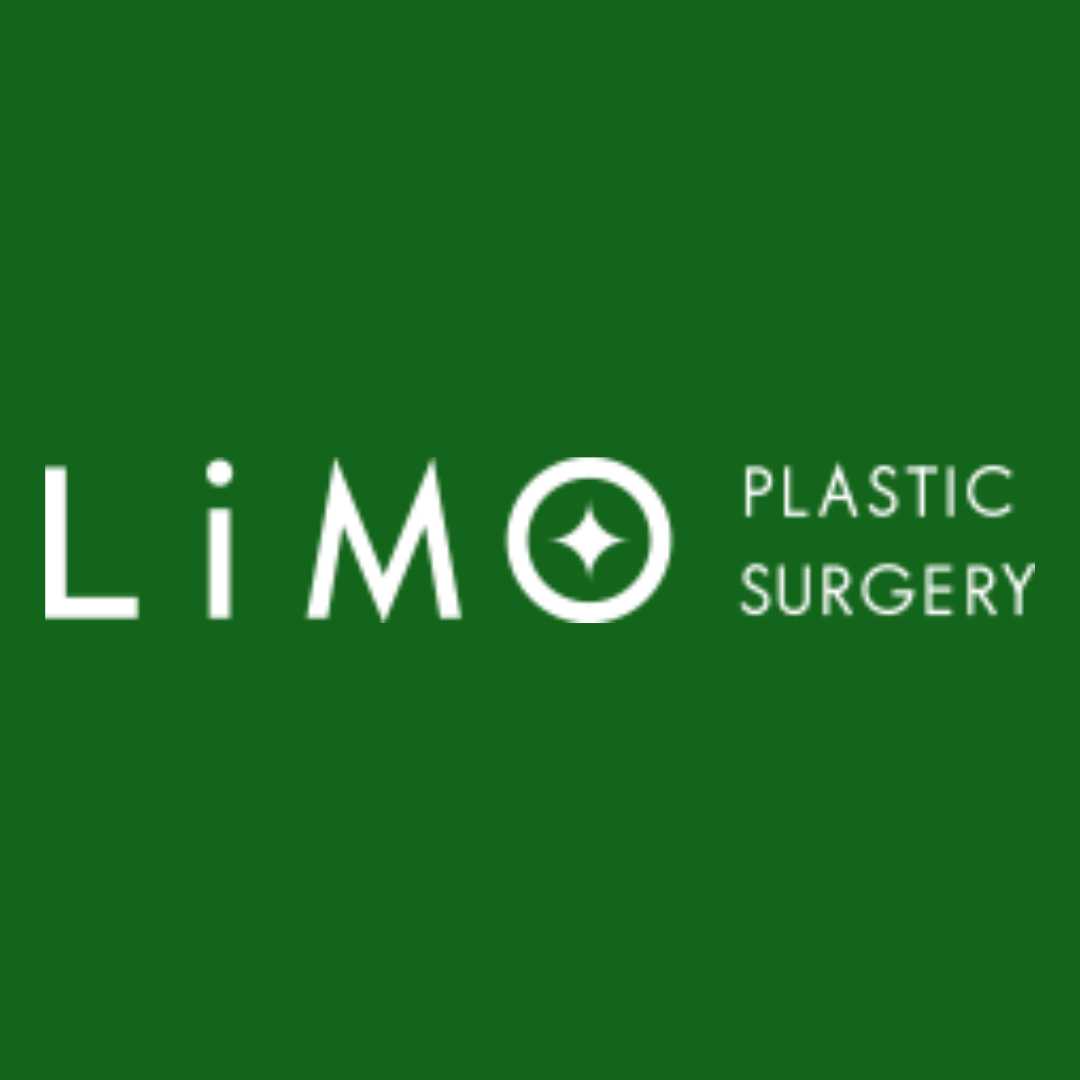
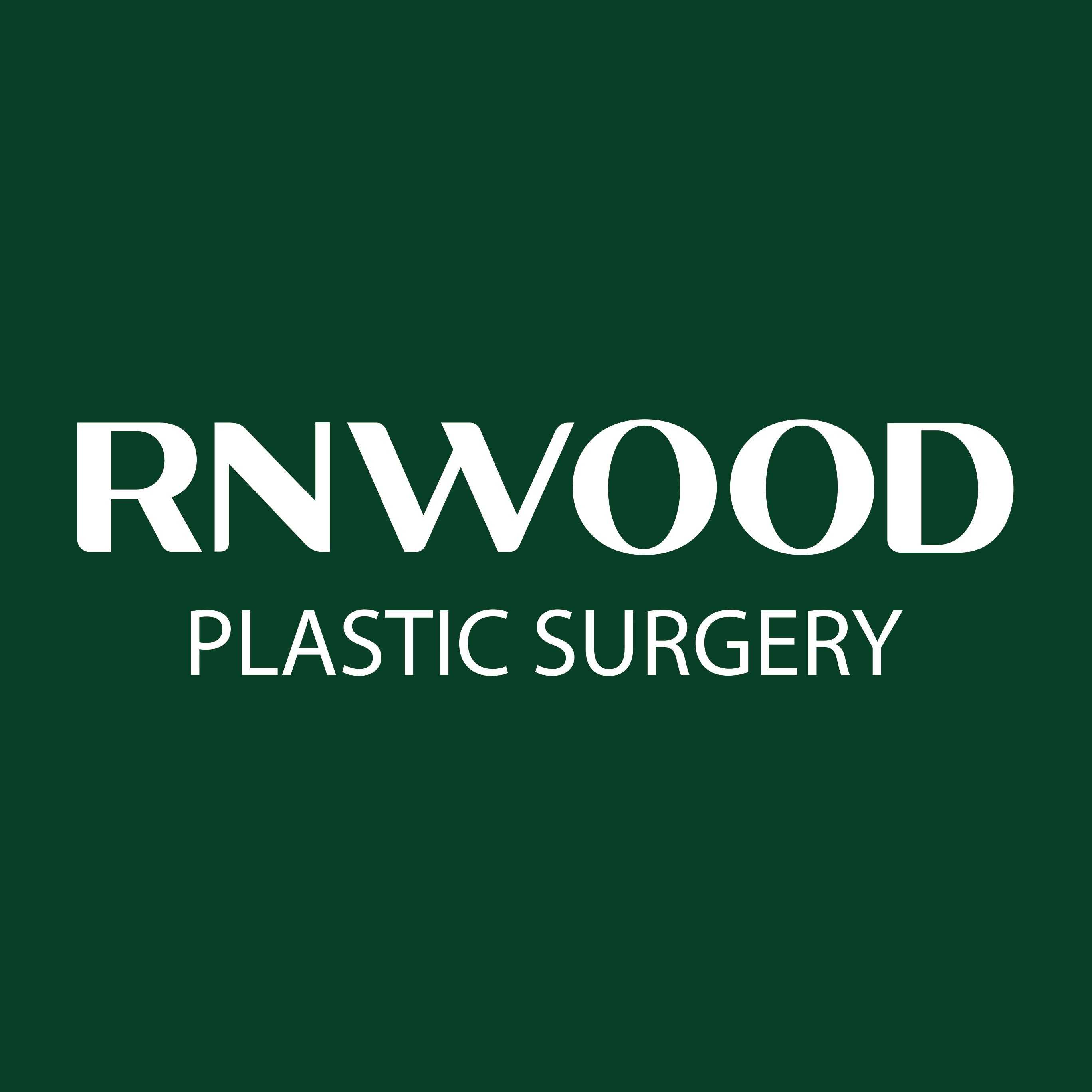

Share this listing